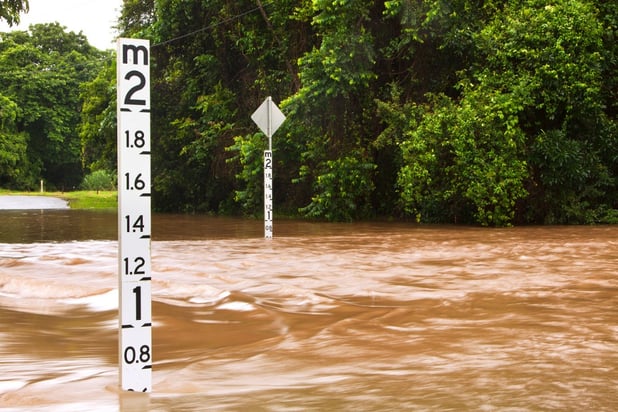

A catastrophic “megaflood” has become twice as likely to happen in California in the next few decades as climate change continues to alter environmental conditions, a new study published in the peer-reviewed journal Science Advances has warned.
Researchers from the University of California in Los Angeles (UCLA) and the National Center for Atmospheric Research (NCAR), who were behind the report, have predicted that climate-induced flooding of “biblical” proportions will hit the state and could become the world’s costliest natural disaster.
In an interview with CNN, Daniel Swain, climate scientist at UCLA and one of the study’s researchers, described a megaflood as “a very severe flood event across a broad region that has the potential to bring catastrophic impacts to society in the areas affected.”
He added that such an event would be the same as the 1,000-year flash floods that ravaged Kentucky and St. Louis this summer but covering a much wider area – the entire state of California, for example.
Experts warned that floods of this scale could turn the state’s lowlands into a “vast inland sea.” What’s more concerning, however, is that these previously predicted once-in-a-lifetime disasters are increasing in likelihood due to global warming, causing them more likely to occur every 25 to 50 years.
Modelling conducted by the researchers revealed that the area that would suffer the most destruction would be California’s Central Valley, which includes Sacramento, Bakersfield, Fresno, and Stockton, costing at least $1 trillion in economic losses, with the devastating impact reaching the state’s other lowland regions such as Los Angeles and Orange County.
“Such a flood event in modern California would likely exceed the damages from a large magnitude earthquake by a considerable margin,” according to the report.
The study is the first of a three-part series examining the impact of a future megaflood in California, with the next two phases expected to be published in the next two or three years.
“Ultimately, one of our goals is not just to understand these events scientifically, but it’s also to help California prepare for them,” Swain told CNN. “It's a question of when rather than if [the megaflood] occurs.”
